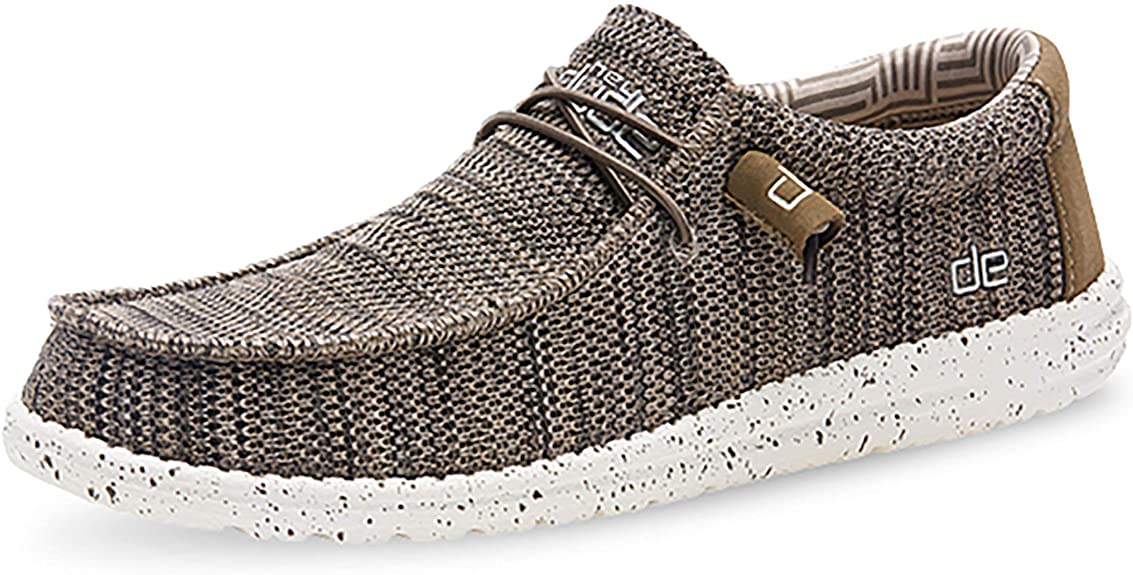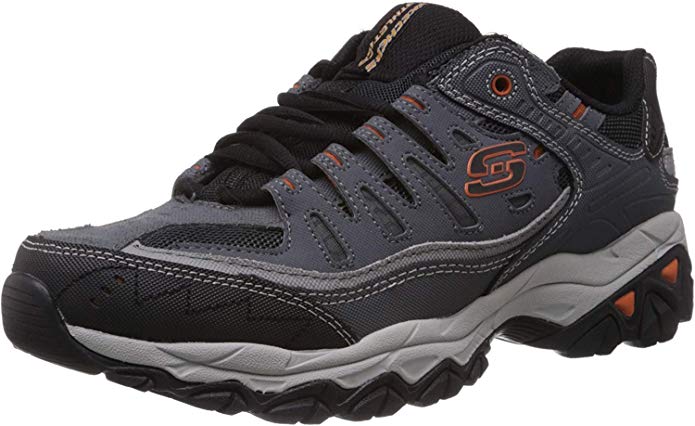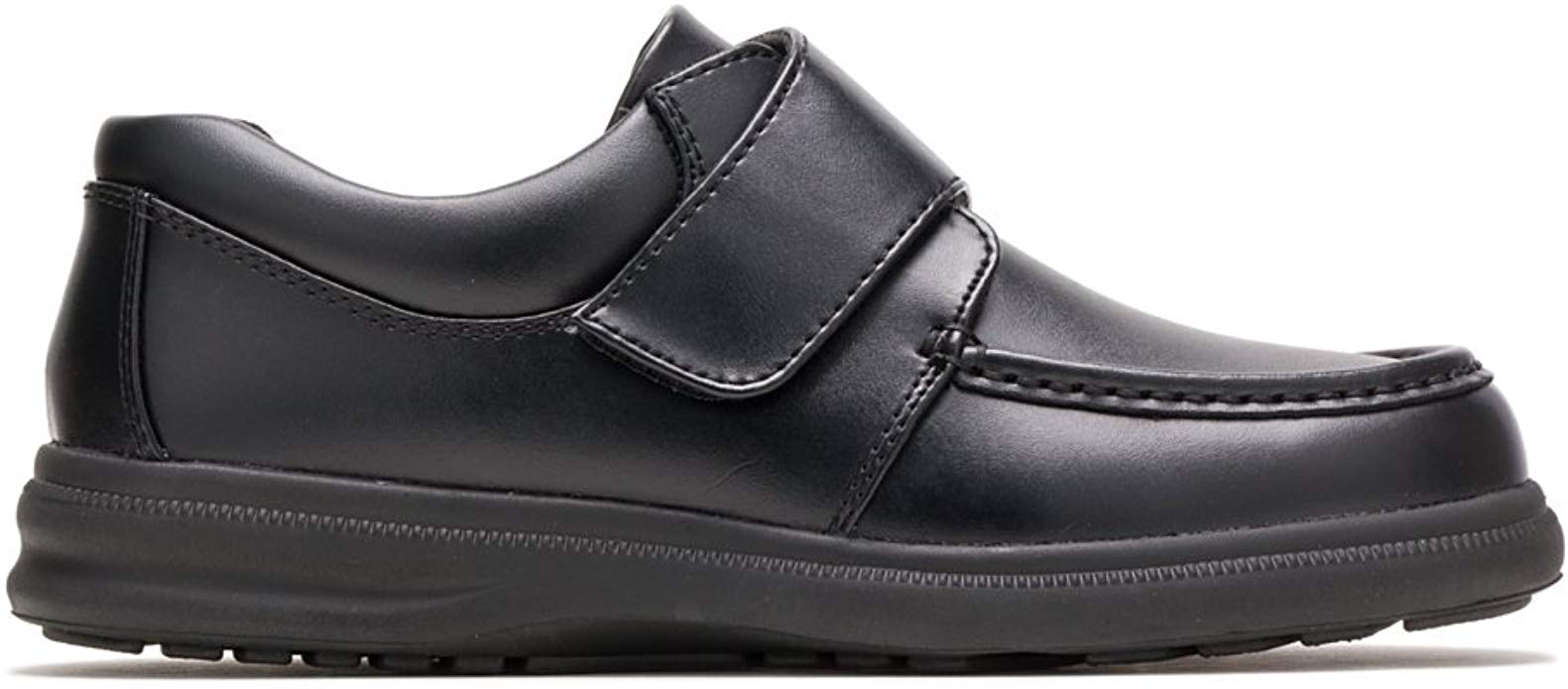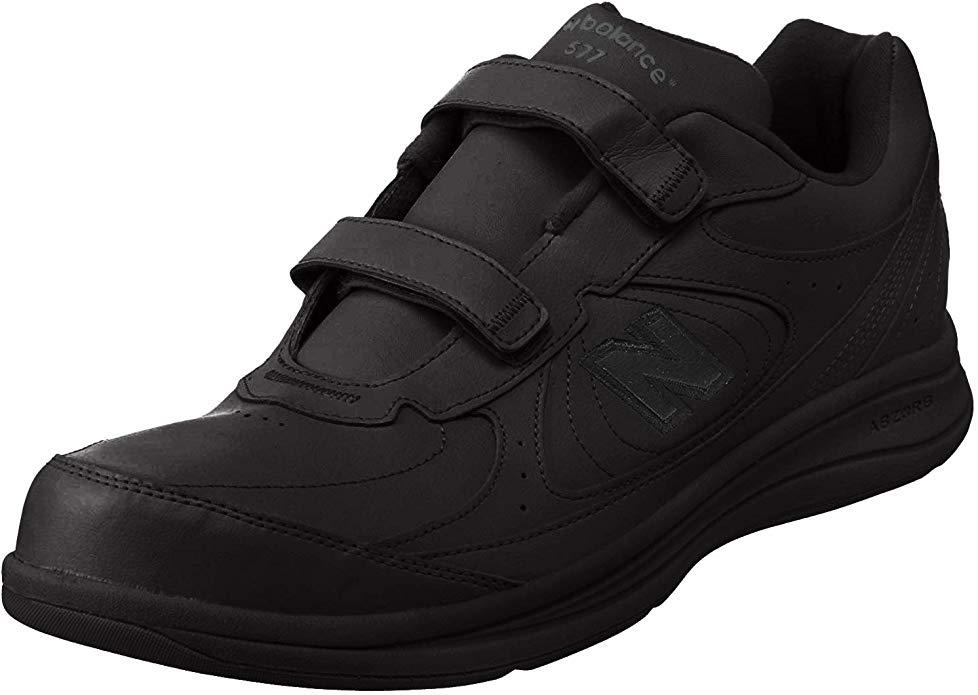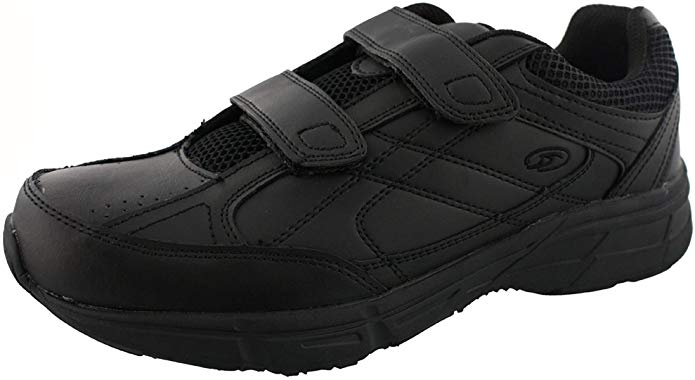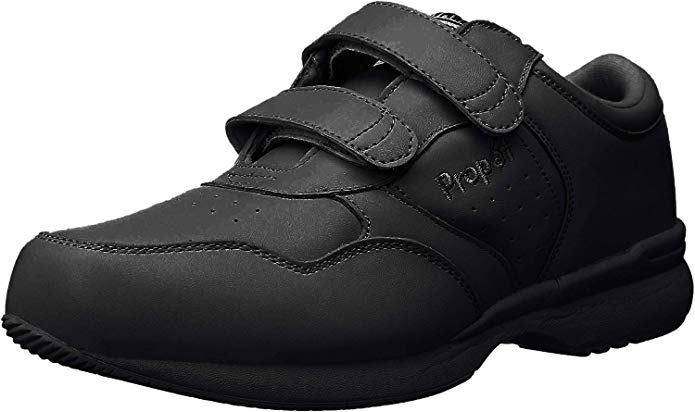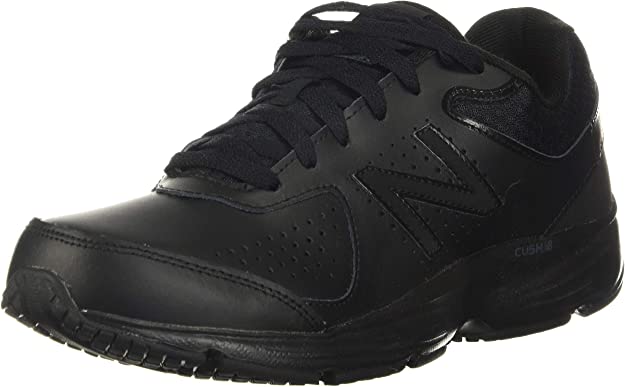Hey Dude Men’s Wally Sox Loafer Shoe
Last updated: October 27, 2023
Show off your fashionable side with these stylish shoes that have two lacing options and a soft lining. These shoes also have a memory foam insole.
We looked at the top Men's Senior Shoes and dug through the reviews from some of the most popular review sites. Through this analysis, we've determined the best Men's Senior Shoe you should buy.
Product Details
Key Takeaway: These modern shoes are stylish with a bi-component knit upper.
In our analysis of 50 expert reviews, the Hey Dude Men's Wally Sox Loafer Shoe placed 1st when we looked at the top 7 products in the category. For the full ranking, see below.From The Manufacturer
The Hey Dude™ Wally Sox will be an instant favorite in your modern-casual collection. Bi-component knit upper material offers a flexible fit. Lace-up construction. Rounded toe. Low-top, chukka construction. Signature logo details throughout. Soft, oxford cloth lining. Memory foam cushioned, removable insole. Ultra-light, lugged synthetic outsole. Imported. Measurements: Weight: 7 oz Product measurements were taken using size 12, width M. Please note that measurements may vary by size. Weight of footwear is based on a single item, not a pair.
